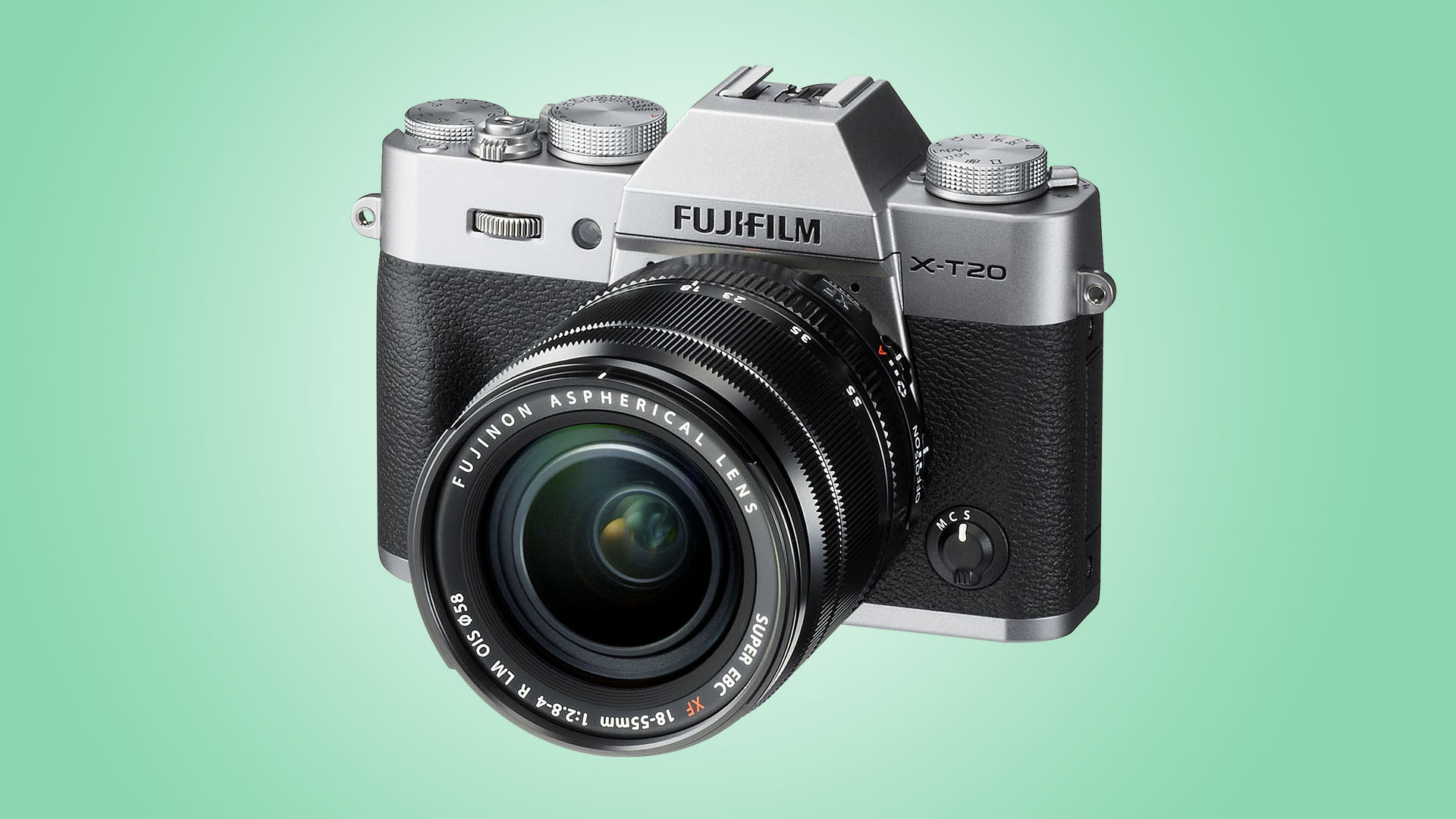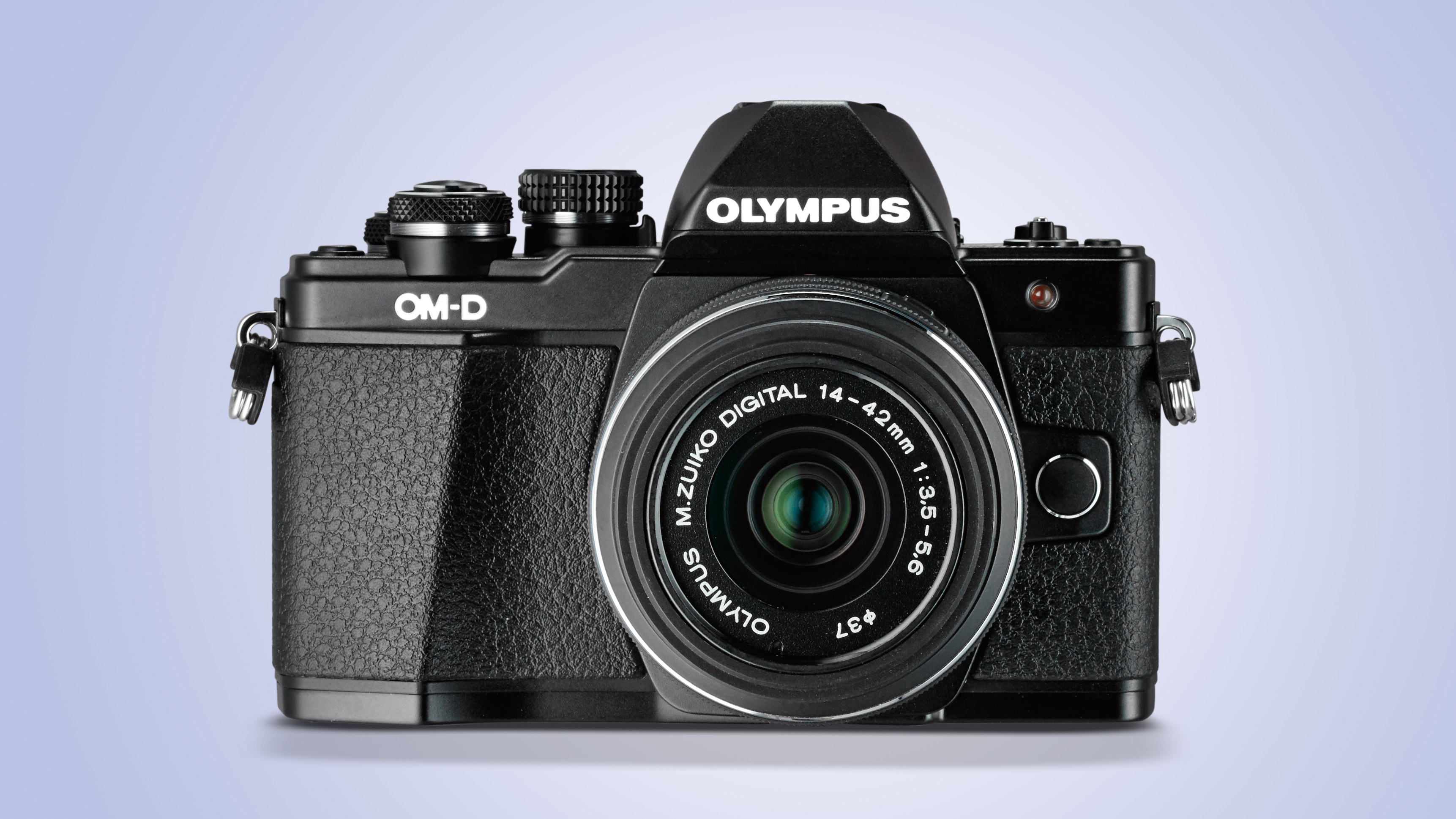What camera should I buy? Here is our step-by-step guide
From simple point-and-shoot compacts to full-frame DSLRs, we explain the differences

Mirrorless 'compact system cameras' also take interchangeable lenses and they're a new and fascinating alternative to DSLRs.
Until recently, the DSLR design was the only choice for photographers who wanted interchangeable lenses – but it has its drawbacks. The optical viewfinder on a DSLR is great, but if you want to use the LCD display to compose your shots, just like you would on a compact camera, they're much less effective. That's because to do this a DSLR has to flip up its mirror and swap to a slower, more laborious autofocus system.
So camera makers have introduced a new breed of 'mirrorless' cameras, also known as 'compact system cameras (CSCs). These are just like supersized compact cameras, but with bigger sensors and interchangeable lenses, just like DSLRs. The absence of a mirror means that the cameras can be made both smaller and lighter, and the latest models use new and more sophisticated autofocus systems that put them on a par with DSLRs.

All mirrorless cameras let you compose images on the rear screen with no loss of autofocus performance. Indeed, on many mirrorless cameras this is the only way to take pictures, because cheaper models don't have viewfinders.
It's worth paying the extra for a camera with a viewfinder, though, because these can be invaluable in bright light, where the glare can easily swamp the screen on the back. On a mirrorless camera, though, the viewfinder is electronic rather than optical. Electronic viewfinders can show you the image exactly as the sensor will capture it, but many still prefer the optical clarity of a DSLR viewfinder.
For the time being it looks as if DSLRs and mirrorless cameras will co-exist. Neither type is better than they other – they're really on a parallel path – so it really comes down to which type you prefer.

Pros: Small and light; mechanically simpler than DSLRs; full time 'live view' with fast autofocus.
Sign up for breaking news, reviews, opinion, top tech deals, and more.
Cons: Some models don't have viewfinders; electronic viewfinders lack the clarity of a DSLR's optical system; so far, the range of lenses available is more limited, but is growing.
Our pick... Olympus OM-D E-M10 Mark II

We loved the original E-M10 for its size, versatility and value for money, but the E-M10 II adds features that take it to another level. The old camera's 3-axis image stabilization system has been uprated to the 5-axis system in Olympus's more advanced OM-D cameras, the viewfinder resolution has been practically doubled and the continuous shooting speed, already impressive at 8fps, creeps up to 8.5fps. Some will criticise the smaller Micro Four Thirds sensor format (roughly half the area of APS-C) but the effect on image quality is minor and it means that the lenses are as compact and lightweight as the camera itself. It's small, but it's no toy – the E-M10 II is a properly powerful camera.
Read the full review: Olympus OM-D E-M10 Mark II
Current page: Step 6: The mirrorless alternative
Prev Page Step 5: Moving up to a DSLR Next Page Step 7: Turning pro with a full-frame camera